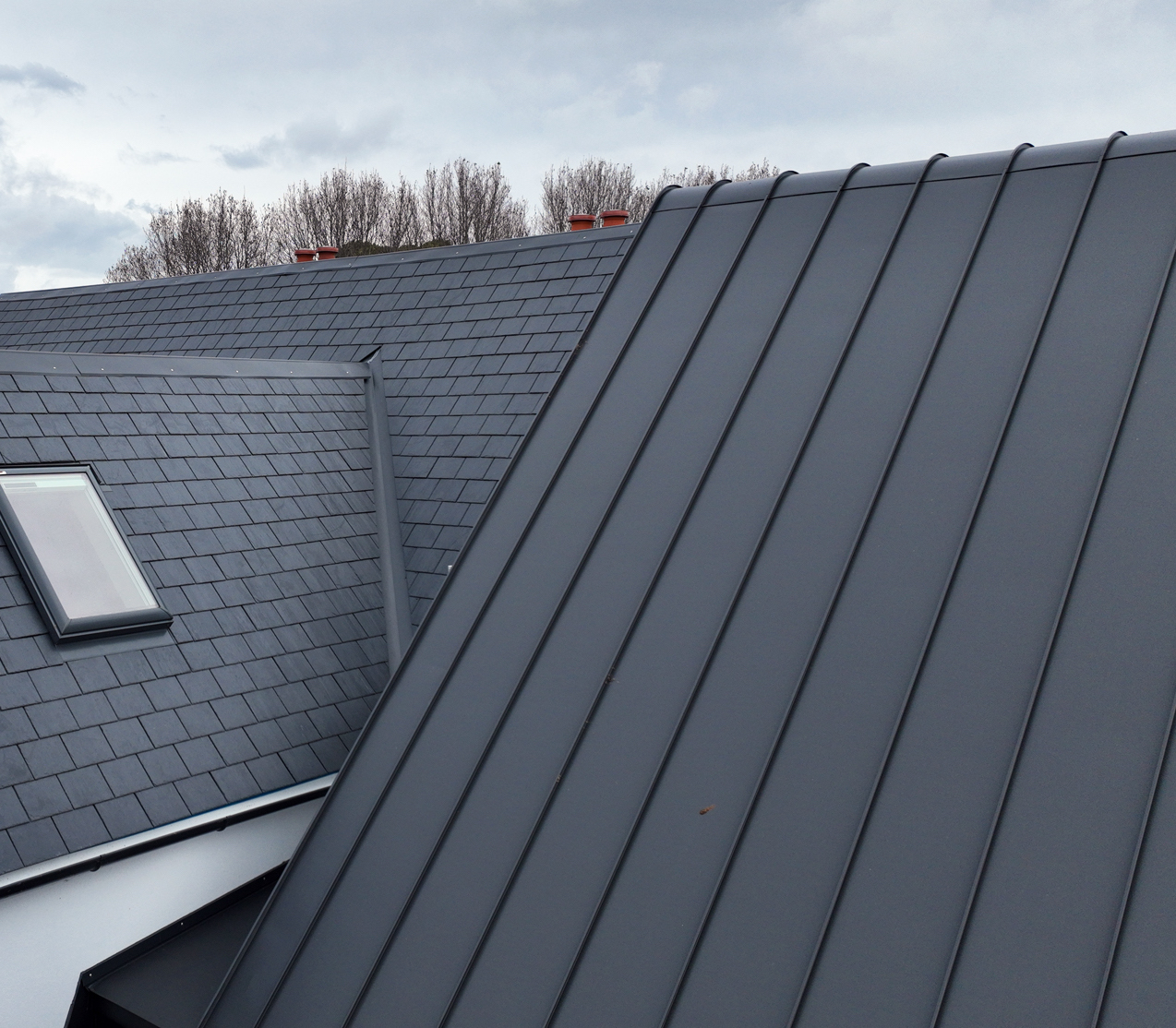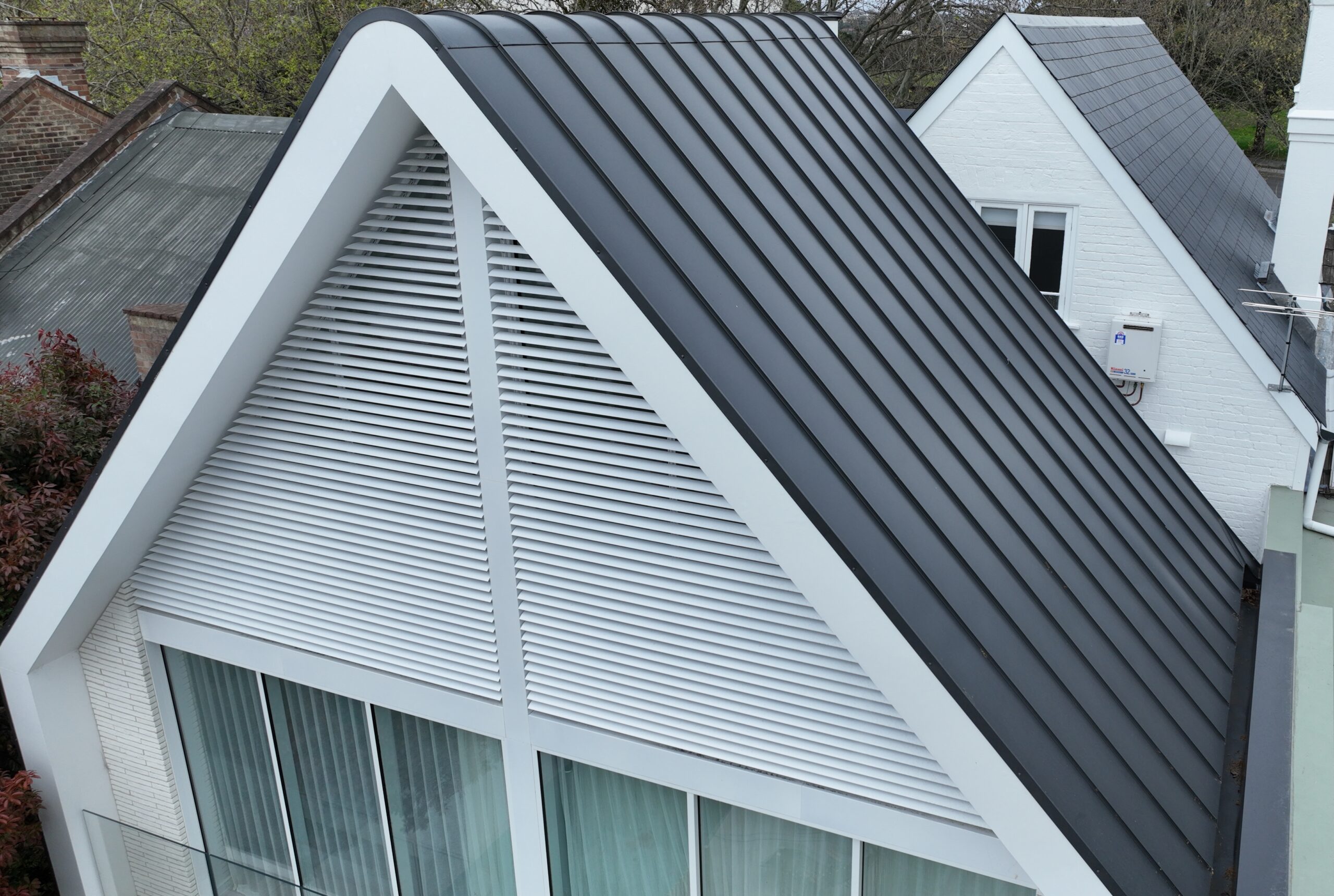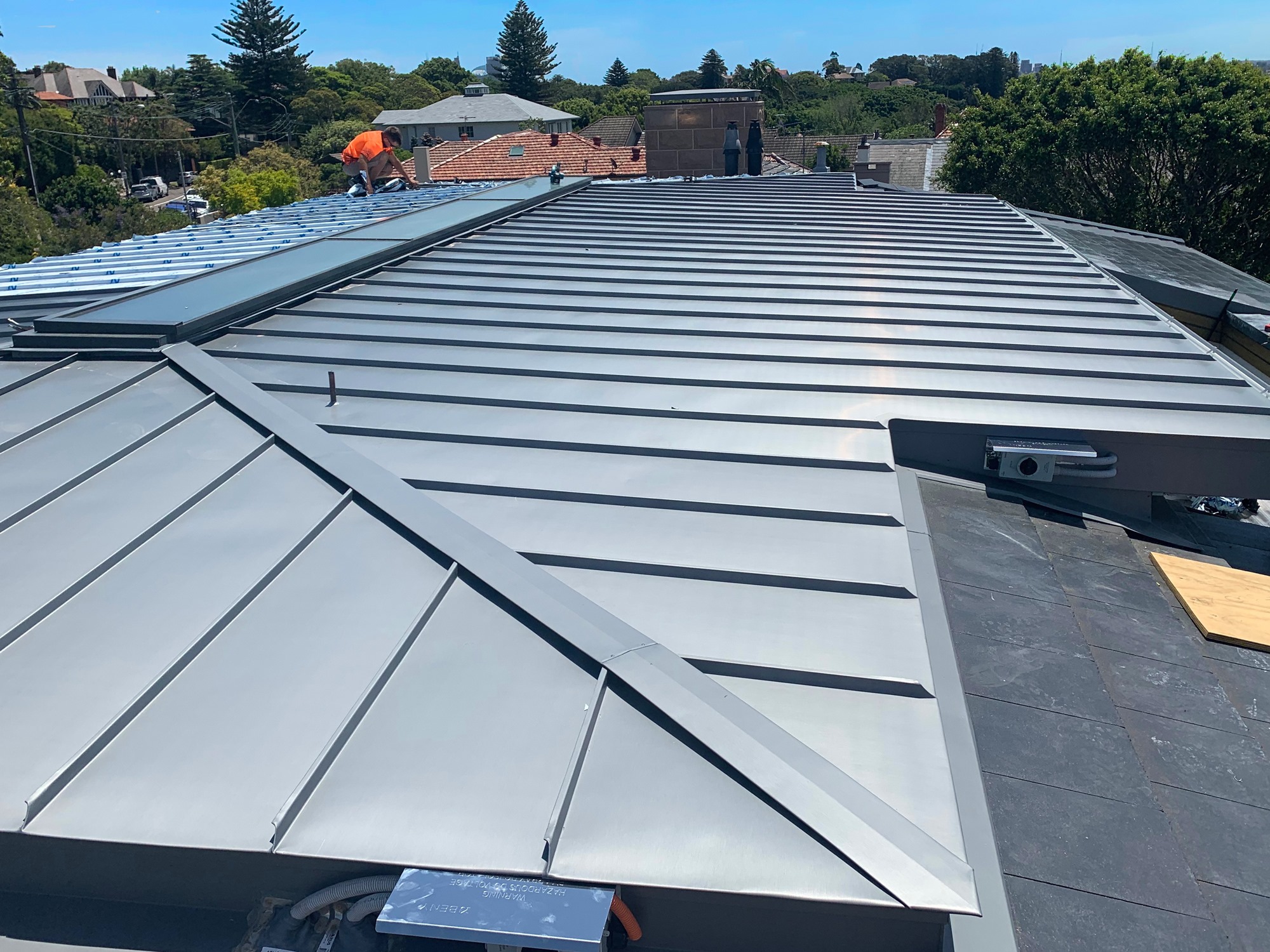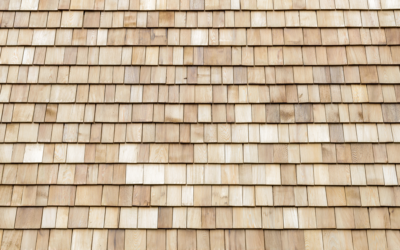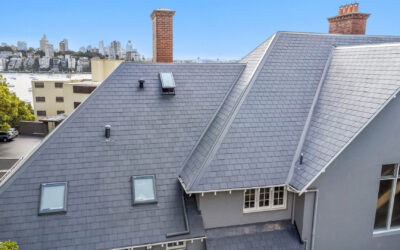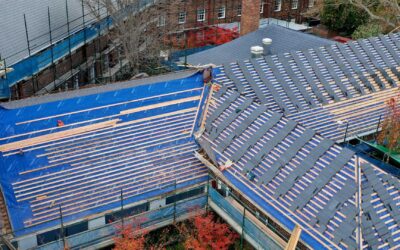The evolution of Zinc in the construction industry
Zinc has been an indispensable metal in the construction industry for over 200 years.
Zinc has been utilized as a roofing material since 1811, with the Saint Barthélémey church in Liège, Belgium being the first recorded instance of its use. Its impact as a building metal was most prominent in France, where Paris underwent significant renovations in the mid-19th century due to its population growth. In this era, Haussmann was the city planner tasked with designing plans for a massive renovation of the city, and he chose zinc for the roofs of the countless new buildings being constructed. Zinc quickly became a symbol of modern architecture, with many mansard roofs made of metal still dominating the city skyline to this day.
Zinc roofing and installation
Zinc roofing refers to a type of roofing material made from zinc, a metallic element with properties that make it suitable for use in construction. Zinc roofing is known for its durability, longevity, and distinctive appearance. It has been used as a roofing material for centuries, and it’s now making its way into the mainstream construction market in many parts of the world. Popular in residential and commercial applications.
Zinc roofing typically comes in the form of standing seam panels or sheets installed with interlocking seams that provide excellent weather protection. The seams between the sheets are soldered together to create a watertight seal that protects the roof from leaks. The installation process for zinc seam requires precision and expertise to ensure a proper fit and reliable performance.
The benefits of Zinc on your roof
Resistant to Extreme Weather. Zinc roofing is known for its excellent resistance to extreme weather conditions. It is fire-resistant, which makes it a safe option for areas prone to wildfires. It is also resistant to hail, wind, and UV rays, making it suitable for regions with harsh climates. Additionally, zinc has a low thermal expansion and contraction rate, which means it can withstand temperature changes without warping or cracking, making it a reliable choice for long-term performance.
Lightweight. Despite its durability, zinc roofing is relatively lightweight compared to other roofing materials. This makes it easier and more cost-effective to transport and install. The lightweight nature of zinc roofing also reduces the structural load on the building, which can be an advantage in areas with seismic activity or buildings with weight restrictions.
Eco-Friendly. It is a 100% recyclable material, which means that at the end of its useful life, it can be recycled and used to make new roofing sheets or other products. Additionally, zinc is abundant in nature and requires less energy to produce compared to other metals, making it a more environmentally friendly choice for roofing.
Low Maintenance. Zinc requires minimal maintenance, another advantage homeowners and building owners appreciate. Unlike materials like wood or asphalt, which may require regular maintenance such as painting, staining, or sealing, zinc does not require any special treatments to maintain its appearance or performance. It naturally forms a protective patina over time, which helps resist corrosion and keeps the roof attractive with minimal effort.
Versatility. Zinc is a versatile material that can be used for various roof types, including flat roofs, sloped roofs, and curved roofs. It can also be formed into different shapes and profiles to achieve unique architectural designs. Its flexibility and versatility make it a preferred choice for both residential and commercial roofing applications and even historical buildings.
Aesthetically Pleasing. Zinc has a distinctive appearance that can enhance the aesthetic appeal of any building. Its sleek, metallic appearance can complement modern or traditional architectural styles and be easily customized to fit different design preferences. Zinc comes in various finishes, including natural, pre-weathered, and pigmented options, allowing for a wide range of design possibilities to suit any project.
Overall, zinc roofing is a durable, long-lasting, and aesthetically appealing option for roofing. It is often used in architectural applications where its unique appearance and performance characteristics are desired. Proper installation and maintenance can ensure that a zinc roof provides reliable protection for a building for many years.
Call us here at Premier Slate if you consider using zinc on your next roofing project.
